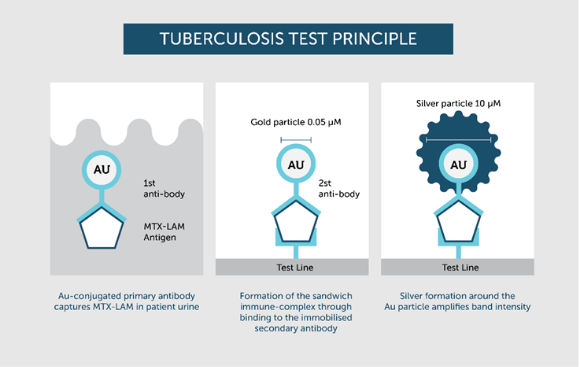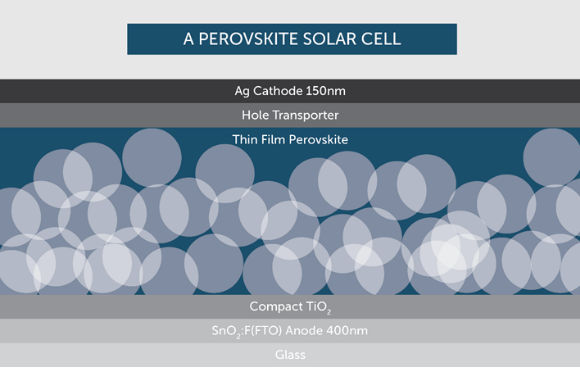Silver for a Sustainable Future

Making Your Water Safer
Millions of purification systems are sold and installed in hospitals, community water systems, pools, and spas each year, and silver is inside many of them. Silver prevents bacteria and algae from building up in their filters, removing bacteria, chlorine, trihalomethanes, lead, particulates, and odor. Silver, in concert with oxygen, also acts as a powerful sanitizer that offers an alternative to other disinfectant systems.
However, according to the United Nation’s World Health Organization (WHO), one in ten of the world’s population still lacks access to safe drinking water. Contaminated water and poor sanitation are linked to the transmission of a range of diseases that are all easily treatable and preventable, but they continue to lead to millions of deaths every single year primarily in low-income countries.
Fortunately, silver-based solutions are being developed to tackle many water-based challenges common in the developing world. Technology developed in India over the last decade has been successfully commercialized, initially offering a method to remove harmful pesticides from drinking water and, more recently, removing arsenic from groundwater supplies. Millions of silver nanofiltrations units have been supplied to some of the poorest communities in India, improving water supplies for tens of millions of people. The industry is also continually innovating, with a focus on the development of antimicrobial silver-infused paper filters, which are simple, cheap and do not require electricity for their operation.
Protecting Your Health
Silver has been associated with human medicine and healthcare for over two millennia. And over the last several decades, considerable efforts have been put into understanding silver nitrate’s mode of action, which led to the development of silver sulfadiazine (SSD), which has led to significant advancements in modern medicine.
- Silver can be used for wound treatment and burn care and is a viable alternative to treatment if more modern dressings are not an option for any reason
- Silver is used in a range of applications to minimize or prevent infection. In 2007 the U.S. Food & Drug Administration (FDA) cleared a silver-coated breathing tube for sale. The tube, which is manufactured by C R Bard, helps to reduce the risk of Ventilator-Associated Pneumonia (VAP). Given that 15% of patients on ventilators develop VAP every year, preventing over 25,000 deaths every year from infection.
- Silver doesn’t just help treat disease; its unique properties are increasingly being used to diagnose medical issues like tuberculosis.


Figure 1: Taken from Broger et al., Lancet Infectious Disease, 2019
Contributing to a Cleaner Environment
Silver is found all around us, powering many of the devices and tools we use on a day-to-day basis. Silver’s single largest source of demand is the electronics industry which used almost ¼ of a billion ounces of the metal in 2018. The ongoing electrification of our world is only going to increase these levels of demand, particularly in sectors such as the automotive market where both hybrid (HEV) and fully electric vehicles (EV) are becoming increasingly common. Research carried out by the Silver Institute and GFMS Refinitiv in 2018 indicates that HEV & EV demand may treble demand for silver in the automotive sector by 2040 (figure 3).

Figure 2: GFMS Thomson Reuters (Refinitiv) & Silver Institute, 2018
Silver is also a key component of the world’s foremost renewable energy technology, photovoltaic (PV) (or solar) cells. In 2018, 80m ounces of the metal was used by the sector, where it is turned into a paste and then coated onto a silicon wafer forming the large solar arrays we are all familiar with. When sunlight strikes the silicon, silver helps to transport the electricity created for immediate use or storage batteries for later consumption. Silver’s unique physical properties put it at the heart of the whole solar industry, with even newer generations of PV technology utilizing silver. For example, perovskite thin-film cells require a silver cathode element, and this cutting-edge technology will work in tandem with traditional silicon cells to create the next-generation of sustainable electricity production.

Another critically important application for silver is as a catalyst. Catalysts are materials that accelerate or alter the path taken to transform one chemical entity into another, generally without changing itself. Such chemical reactions are often extremely slow, and require external influences to progress at an efficient pace. These influences are generally heat, pressure and the presence of an appropriate catalyst (and sometimes a combination of all three). Silver is an excellent catalyst and is used in a range of important chemical processes. One such example is in the production of Ethylene Oxide (EO), a key ‘building block’ chemical for the petrochemical and polymer industries. Approximately 160m ounces of silver is currently in EO plants worldwide, constantly in use or being recycled and regenerated; a true example of sustainability in science.
Source: The Silver Institute